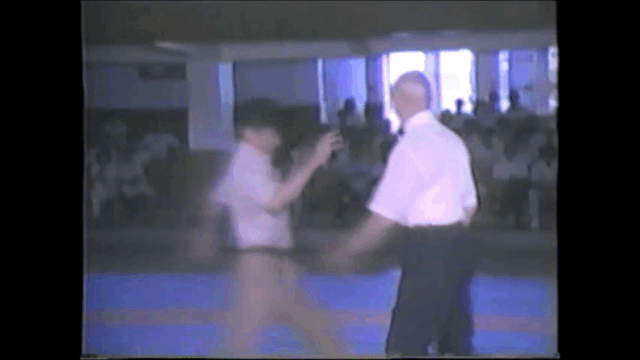Same Trick
2nd Black Belt
Timing as in timely dealing with a situation to one’s advantage, as in martial arts - sparring/fighting as example. Why do you make a question of this ? Because that’s what you did to my initial post in the thread, a post that was not intended to anyone specific since I didn’t quote and comment anyone specific.Understanding it's not your practice.....
It would better if you quoted the text directly.
Quote the text....
the timing of what ?
" Wei Shuren: Especially in the early stages when one is not able to perceive the direction of spirit, intention and qi, it is indeed not easy to grasp the context of its flow."
The timing I had asked about....
" Wei Shuren: Practitioners of the boxing must follow the instructions of the boxing essentials, and carefully ponder the essentials during repeated practice so as to gradually comprehend the leading role of spirit, intention and Qi, and integrate them increasingly deeply into the boxing movements."
The "what" the timing is based on.
Actually it was not,,"spot on", there was no correct or "spot on answer"
The point was allow for an understanding of your view point...
translation by google...
The text ..."The Essence of Yang Style Tai Chi: Written by Wei Shuren"
It seems we might be discussing different things.
This thread is focused on what past masters have written about Taiji and its method.
Whether one sees it as unique or not depends on their experience and the level of practitioners they have encountered.
A never-ending journey of refinement rather than a skill with a fixed endpoint.
But since you quoted and commented with question marks to that my post you made it an open game so I answered and made comment and question on your claims and material, I even quoted parts of your material for you, and now you want I further quote your material for you ?? Your website is already linked in the thread by both you and me, that’s enough.
Yes perhaps we are talking different things, but I did quote and made comments on your text on the past master Wang Yongquan, so am I off topic or what do you mean ?



